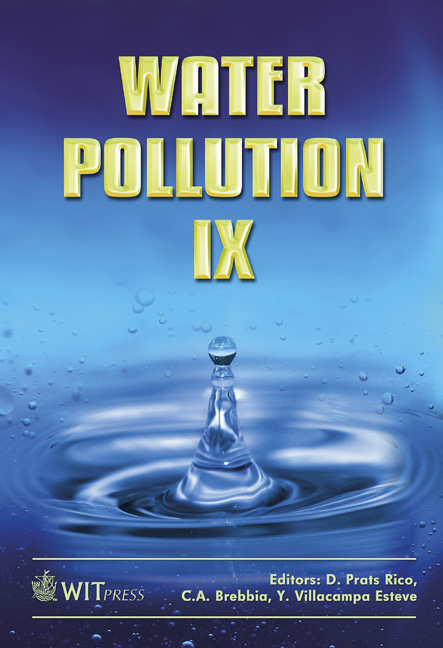Application Of Dynamic Parametric Sensitivity Analysis For Identifying Contaminant Sources In A Watershed
Price
Free (open access)
Transaction
Volume
111
Pages
12
Page Range
339 - 350
Published
2008
Size
1,155 kb
Paper DOI
10.2495/WP080331
Copyright
WIT Press
Author(s)
H. Manolopoulos, B. E. Halbert, C. R. Paton & J. M. Scharer
Abstract
Lakes of the Fulton Creek watershed in Northern Saskatchewan, Canada, possess constituents associated with uranium mining. Although mining activity ceased over 24 years ago and site decommissioning was largely completed in 1985, the discharge from this former tailings management watershed continues to have elevated levels of three specific constituents, namely dissolved radium-226, selenium and uranium, as well as total dissolved solids (TDS). The objective of the current study was to identify and rank the sources of constituents in the watershed. Constituent dispersion modelling was carried out employing a proprietary computer code called LAKEVIEW (developed by SENES Consultants Limited). Using the Metropolis-Hastings algorithm of a Markov chain computational procedure, parameter calibration was performed at two locations in the watershed with 25 years of more or less regular water quality and occasional sediment monitoring data. The calibrated model captured the time dependent trends for all variables. Employing the Metropolis-Hastings parameter sampler, dynamic parametric (source) sensitivity analysis was carried out for a 300-year period. The sensitivity responses showed strong temporal variability. Therefore, the normalized gradient sensitivity values were integrated and averaged over time for use as the measure of constituent source loads. Sediments in two lakes were shown to be both the current and future principal sources of all constituents. An adjacent surface tailings area was identified as a relatively minor contributor of all constituents but uranium. Keywords: constituent source modelling, parameter distribution, constituent flux apportionment, normalized gradient sensitivity.
Keywords
constituent source modelling, parameter distribution, constituent flux apportionment, normalized gradient sensitivity.





